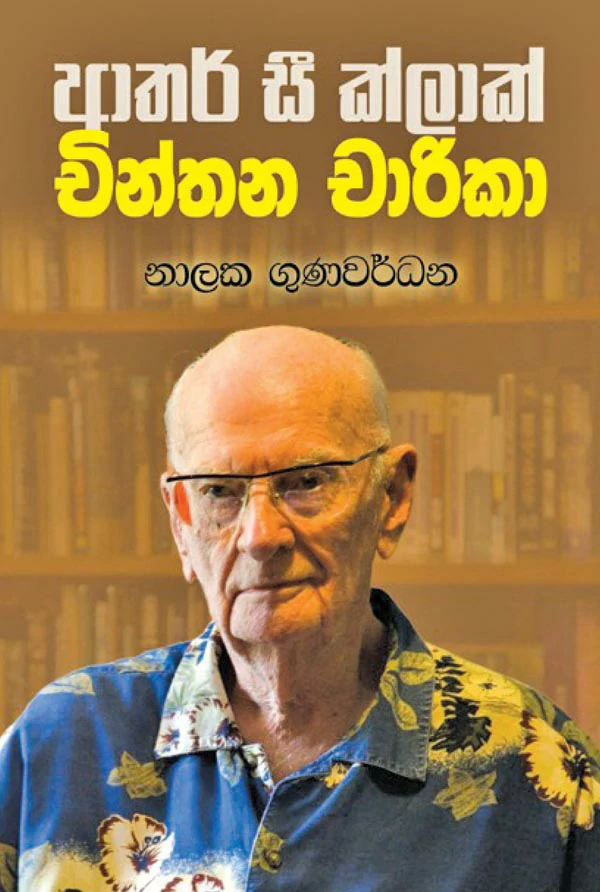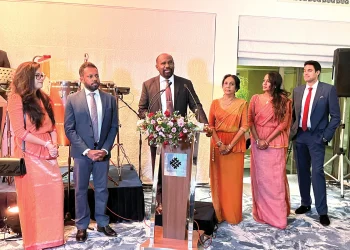
In a literary career spanning over six decades, Sir Arthur C Clarke (1917 – 2008) wrote 100 books and more than 1,000 short stories and essays. He was the first to propose geostationary communications satellites, and inspired the World Wide Web.
In a literary career spanning over six decades, Sir Arthur C Clarke (1917 – 2008) wrote 100 books and more than 1,000 short stories and essays. He was the first to propose geostationary communications satellites, and inspired the World Wide Web.
On his 95th birth anniversary in December 2012, science writer Nalaka Gunawardene released a new Sinhala book offering a quick tour of Clarke’s imagination, analyses and extrapolations on the world’s current challenges and our choice of futures.
Titled ‘Arthur C Clarke Chintana Charika’ (Mind Journeys with Arthur C Clarke), the book is a collection of Gunawardene’s articles, media columns and interviews based on the late author and visionary’s formidable intellectual output. Some have appeared in Lankan newspapers and magazines during the past 25 years, while others are coming out in print for the first time.
“These are not translations and most are not even adaptations. Instead, I have distilled Sir Arthur’s ideas and imagination and presented them in simple Sinhala,” says Gunawardene, who worked with Clarke for 21 years as research associate at his personal office in Colombo.Indicative of Clarke’s diverse career and interests, the book is divided into five sections: highlights of his illustrious life; astronomy and space travel; information and communications technology; futuristic visions; and his long association with Sri Lanka.
“Sir Arthur cheered and promoted Sri Lanka for half a century – in both good times and bad. The section on Sri Lanka captures his visions and hopes for his adopted homeland: on how we may overcome the burdens of evolution and history to create a truly peaceful and prosperous island for all,” says Gunawardene.
The book contains Clarke’s advice on rebuilding Sri Lanka after the 2004 tsunami, the story of the first Sinhala feature film in colour (Ran Muthu Duwa, 1962) that Clarke financed, and the text of his 90th birthday video, which eventually became his public farewell.
Other essays focus on Clarke’s cautious optimism for the information society and the future of artificial intelligence, his hopes of developing clean energy sources to end humanity’s addiction to fossil fuels, and his advocacy of a world free of nuclear weapons. Gunawardene reiterates that the best way to celebrate the legacy of Arthur C Clarke is to adapt his ideas for a better world based on knowledge, ethics, compassion and imagination.
The 280-page book is published by Wijesooriya Book Centre and is available at all major bookstores.





